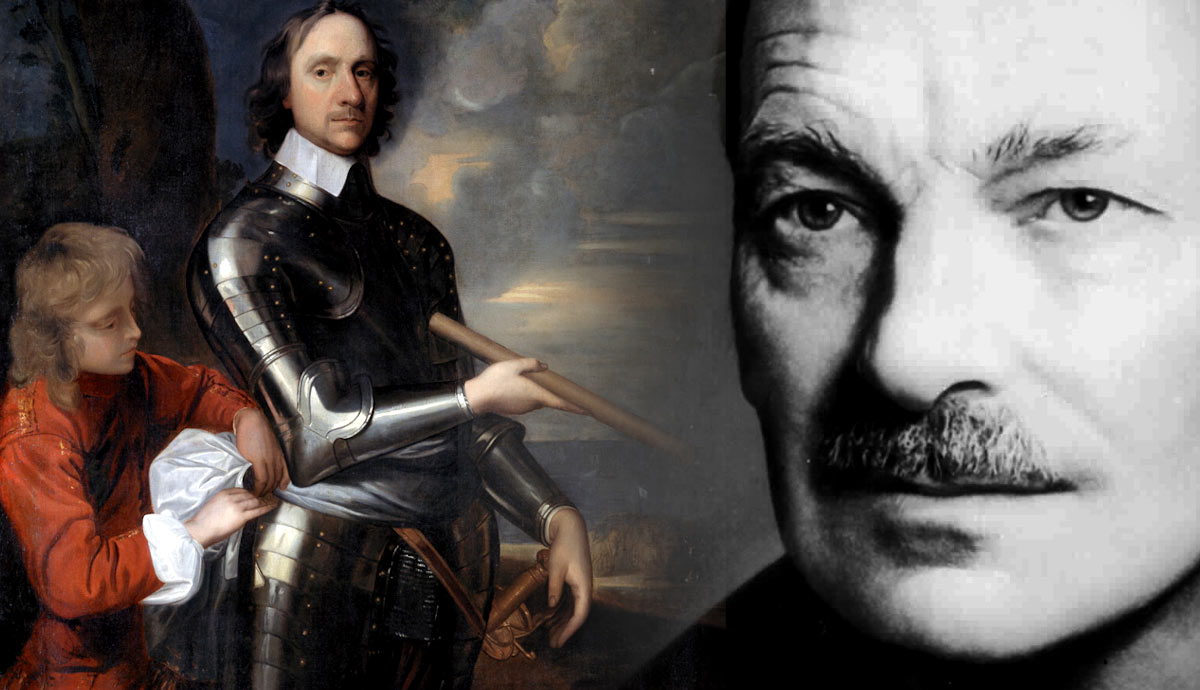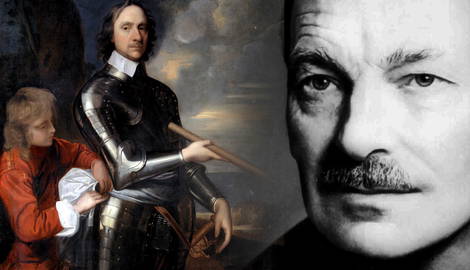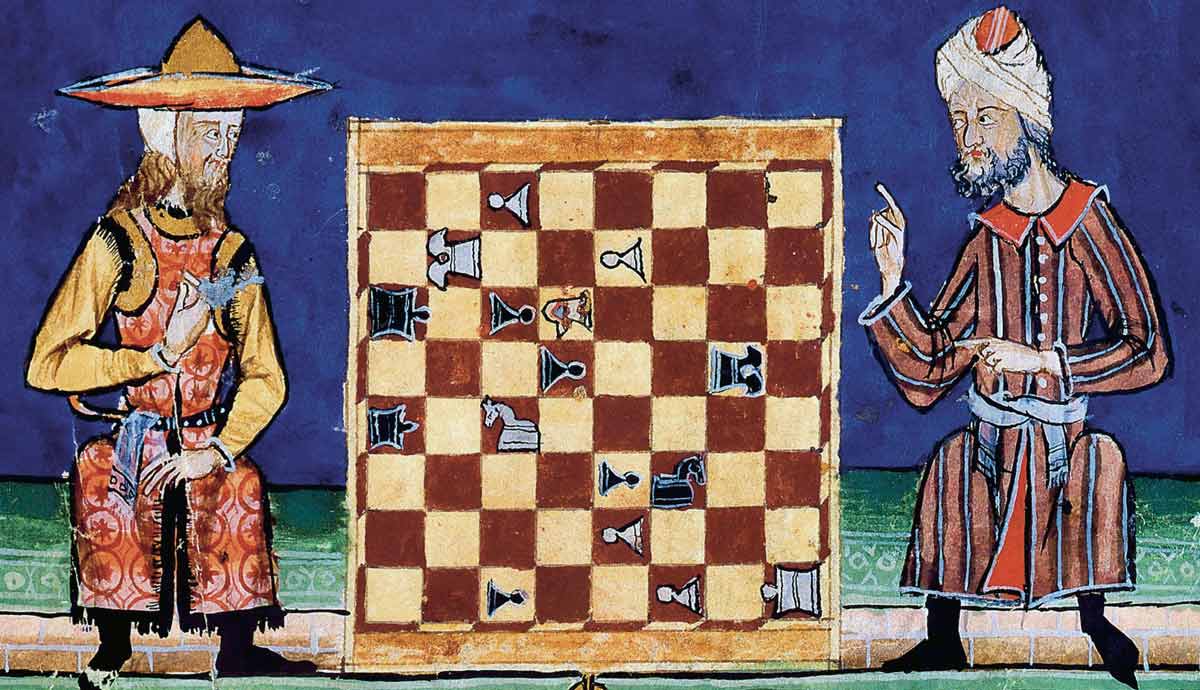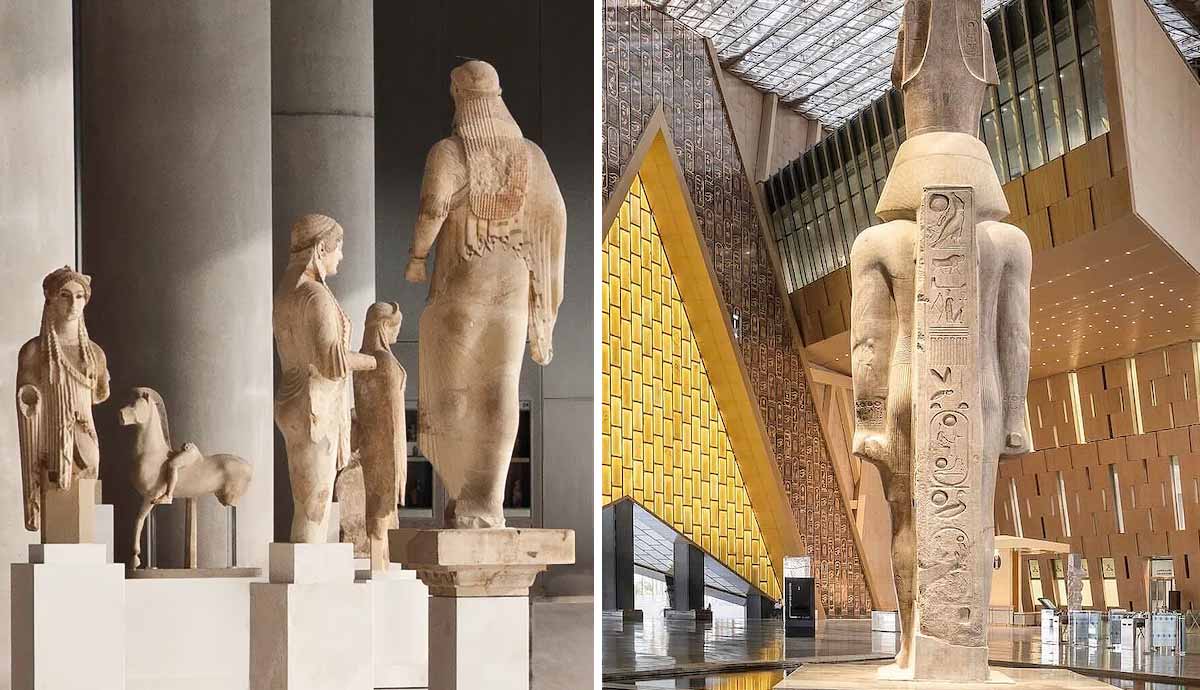
The history of Great Britain can be seen through the lens of five of its most significant leaders — two monarchs, two prime ministers, and a lord protector. Read on to find out more about the transformative imperial ambitions of Elizabeth I and the military dictatorship of Oliver Cromwell, Queen Victoria’s reign, and the radial opposites of Clement Attlee’s pragmatic socialism and Margret Thatcher’s neoliberal conservatism. Through the lives of these pivotal figures, distinct moments of social, political, and economic change emerge that can illuminate the trajectory of modern British history.
1. Elizabeth I: Virgin Queen

Elizabeth I (1533-1603) ascended to the throne of England and Ireland at age 25 and ruled until her death. The last monarch of the House of Tudor, Elizabeth was the only surviving child of King Henry VIII and Anne Boleyn.
During her reign, Elizabeth was the center of a significant cult of personality. Through numerous portraits showcasing her elaborate attire, distinctive white lead make-up, and ginger horse hair wigs, Elizabeth carefully curated her image. She earned the nickname “the Virgin Queen” based on her choice not to marry, and she promoted the idea that she was committed only to the realm.
The “Elizabethan” era was a time of cultural flourishing — a time of poetry, music, public theater, and William Shakespeare. However, it was also a period of political turmoil, exemplified by the Elizabethan Religious Settlement, which aimed to bring religious tensions between Protestants and Catholics to an end, but ultimately fell short.
Elizabeth faced a significant political challenge from her royal cousin—and rival Queen—Mary Queen of Scots. The divisive question of Mary’s claim to the throne plagued Elizabeth’s reign until Mary was convicted of treason and executed in 1587.

Elizabeth’s enduring legacy lies in her imperial ambitions: her determination to thwart Spain, and her support for adventurers and privateers (pirates) such as Francis Drake, Jon Hawkins, and Walter Raleigh. Her patronage sowed the seeds of the British Empire.
Her reign witnessed a significant expansion of trade and maritime exploration, including a failed attempt at colonization (Roanoke Island, present-day North Carolina, USA) and newfound diplomatic and commercial relations with Russia, the Baltic states, the Ottoman Empire, and the wider Islamic world.
Central to Elizabeth’s legacy was England’s transformation into a dominant naval force. Following significant naval expansion and technological advancements in shipbuilding, England’s navy prospered, paving the way for victory over the Spanish Armada in 1558. By the end of her reign, England had become the preeminent maritime power in the world.
2. Oliver Cromwell: Military Dictator

Some regard Oliver Cromwell (1599-1658) as a patriot who restored political stability to an island gripped by civil war, while others label him a military dictator and militant Puritan extremist. Born in Huntingdon, England, Cromwell was a distant relative of Thomas Cromwell, Chief Minister to Henry VIII, though his branch of the family was of more modest means. Despite serving briefly as MP for Huntingdon, as a young man Cromwell faced a series of personal crises, including severe depression and a significant social downfall (following a feud with the local gentry), which resulted in his embrace of radical puritanism.
In 1640, Cromwell re-entered politics with a Puritan agenda, was elected as MP for Cambridge, and later joined the Parliamentarian forces in the English Civil War (1642-1651) on the side of the Parliamentarian forces. During the Civil War, Cromwell became one of the greatest cavalry commanders of his generation. As his reputation grew, radical young Puritan men flocked to his regiment.
A ruthless commander—and militant Puritan—he led from the front and showed no mercy to his enemies. By 1645, Cromwell had risen to become Lieutenant General of the New Model Army cavalry under Sir Thomas Fairfax.

After the Civil War, King Charles I was executed, and Cromwell, following his acquisition of political power through the army and brutal campaign to “pacify” Ireland, was appointed Lord Protector of the Commonwealth of England, Scotland, and Ireland. The “protectorate” was effectively a military dictatorship headed by Cromwell and supported by the New Model Army. As Lord Protector, Cromwell threw dissenters into jail and purged and dissolved parliaments several times. He ruled until he died in 1658.
Cromwell’s death left a power vacuum that led to the collapse of the Protectorate. Following the Stuart Restoration (1660), his body was exhumed, and his head was placed on a spike outside the Tower of London where it remained for 30 years.
3. Queen Victoria: Empress of India

Queen Victoria (1819-1901) ascended to the throne in 1837 at the age of 18 and reigned over Britain and its Empire for almost 64 years until her death at the ripe old age of 81. By all accounts, Victoria endured a strict, isolated, and by her own admission “melancholy” childhood. In her youth, she was subjected by her mother and her comptroller Sir John Conroy, to a disciplinary-educational system known as the “Kensington System.” This system aimed to render her weak and dependent — to gain influence over her once she became Queen.
In 1840, Victoria married her cousin, Prince Albert of Saxe-Coburg and Gotha. Over 17 years The Queen and her Prince had nine children, all of whom married into European royal families, earning her the nickname “The Grandmother of Europe.” At the outbreak of World War I, her grandchildren were monarchs of both Germany (Kaiser Willhelm II) and the United Kingdom (King George V).
Though constitutionally subordinate to Queen Victoria, Prince Albert functioned as the real power behind the throne, while Victoria preferred the seclusion of her private residences. When Albert died in 1861 this all changed. While Victoria entered a prolonged period of mourning and wore black for the rest of her life, she emerged to become a figurehead for empire abroad and unity at home.

Victoria was a keen enthusiast for the expansion of her empire and forged a powerful bond between national and imperial pride in Britain. She held a lifelong obsession with India (despite never setting foot there) and after Company Rule was dissolved in favor of the Crown in 1858, she became Queen-Empress, officially receiving the title “Empress of India” in 1876.
The era spanning Queen Victoria’s reign—commonly referred to as “Victorian”—witnessed profound transformations in the nature of industry, science, and engineering. The arts flourished, social reforms were passed, and the British Empire became the largest empire in history.
4. Clement Attlee: Pragmatic Socialist

Clement Attlee (1883-1967) was born to an upper-middle-class family in London and attended Haileybury School, before studying Modern History at the University of Oxford.
Initially, he pursued a legal career like his father. However, after taking an opportunity to become the residential manager at Haileybury Club in working-class Stepney (a Territorial Army branch run by his old school), his focus shifted. Firsthand experience of the poverty and social ills of East London convinced him that something needed to be done.
Motivated by the need for social change, Attlee joined the Independent Labour Party and later became Mayor of Stepney (1919). He was elected MP for Limehouse (East London) in 1922 and served in Ramsey Mcdonald’s minority Labour governments before assuming leadership of the party in 1935.
During World War II, Attlee served as Winston Churchill’s wartime deputy, overseeing domestic affairs on the homefront. Following Labour’s landslide victory in 1945, he led a transformative government that implemented significant reforms, such as the nationalization of public utilities, the development of modern social security, and the foundation of the National Health Service (NHS).
In power, Attlee was more dogged pragmatist than dogmatic socialist. Though he looked the part, he was no British Lenin. At the same time as he oversaw Indian Independence (1947), he was also presiding over plans for the development of a British Atomic bomb (succeeding in 1952).
Attlee’s pragmatic socialism was driven by a commitment to social equality and fairness, rooted in the belief that basic Christian values necessitated socialism. His government prioritized the immediate challenges facing the British people after World War II. His legacy is as one of the most effective advocates for the concerns of working people in British history.
5. Margaret Thatcher: The Most Divisive Leader in British History?

Margaret Thatcher (1925-2013) was born to middle-class parents in the market town of Grantham in the East of England. Her father, Alfred, was a grocer (the family lived above the shop) who later went on to become involved in local politics. Margaret did well at school and went to the University of Oxford on a scholarship to study chemistry in 1943.
Despite her credentials as a chemist, Margret Thatcher’s true passion was for politics. Her crowning achievement at university was to become president of the Oxford University Conservative Association. After Oxford—and after a brief stint as a research chemist—she set out to become a Member of Parliament. On her second attempt, Thatcher was elected MP for Finchley in 1959. By 1974 she had become Conservative Party leader and in 1979 became Prime Minister (the first woman in Europe to achieve the post).
Thatcher came to power with a divisive mandate for change. Accordingly, her government set about distancing itself from the post-war consensus set in motion by the Attlee era. From 1979 to 1990, Thatcher’s government unleashed a series of bold, radical political and economic policies that changed the course of British history.

“Thatcherism” entailed the deregulation of the British economy. Privatization of state-owned industry and public utilities was paired with the so-called “Big Bang” of financial deregulation and the loosening of restrictions on the City of London in 1986. Tax cuts, entrepreneurship, and competition were emphasized as virtuous. Critically, Thatcher restricted the rights of trade unions and ruthlessly confronted all opposition, exemplified by confrontations with the National Union of Mineworkers.
The collective results were nothing short of remarkable. Thatcher once stated that while “economics [were] the method; the object is to change the soul.” In just over ten years the formidable “Iron Lady” reshaped the landscape of British politics and society entirely. She remains the most divisive British Prime Minister in modern history.










